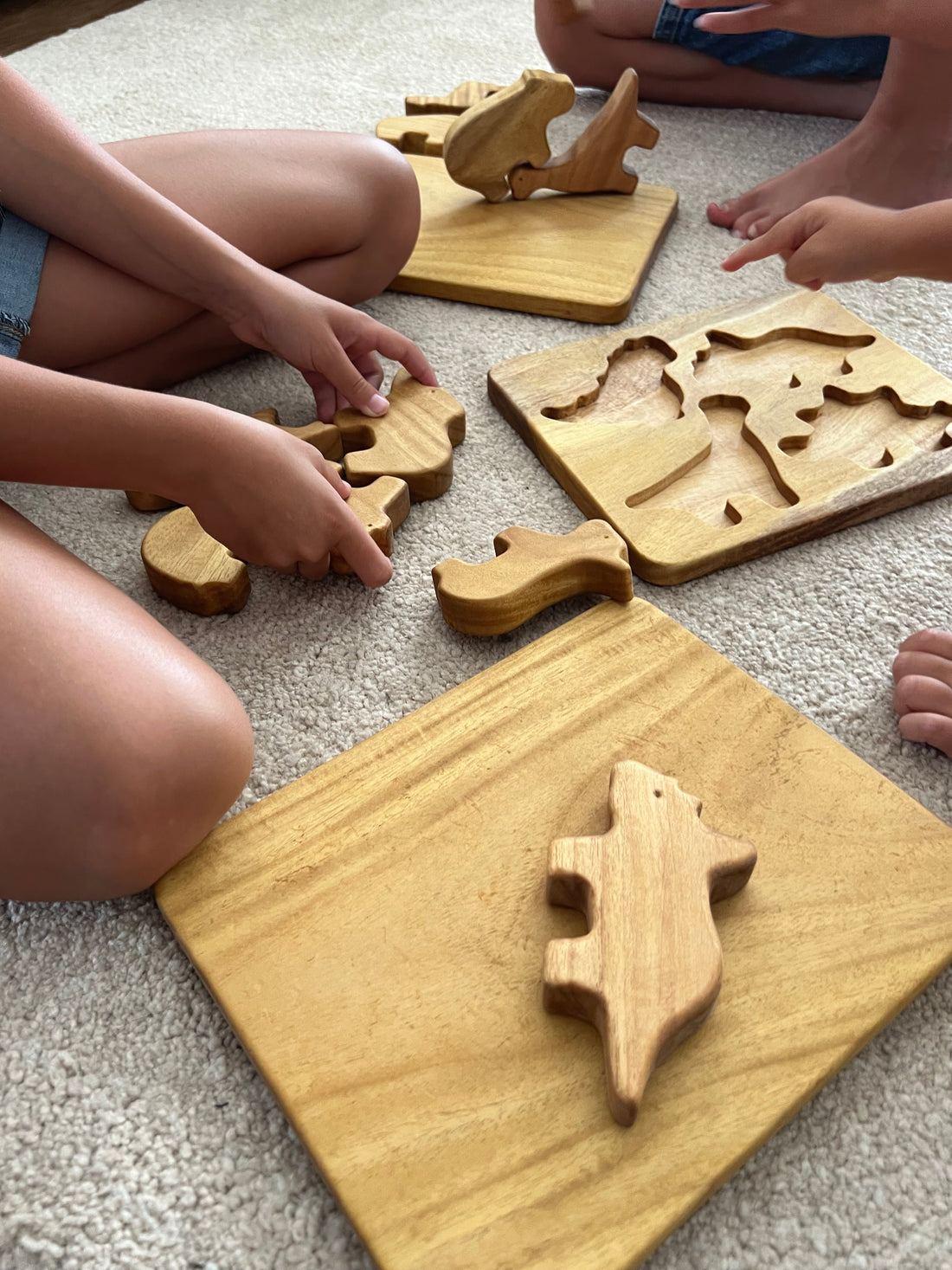The Need for a Sustainable Approach
In recent years, sustainability has become a buzzword that has permeated various industries. Moreover, as consumers, we've become increasingly aware of the environmental impact of our choices. However, when it comes to children’s toys, many of us often overlook the significance of sustainability. Not only do these toys serve as entertainment and educational tools for our kids, but they also contribute to waste generation and resource consumption. Hence, conducting a sustainability audit on children’s toys is crucial. By doing so, you can ensure you're making eco-friendly choices that align with a sustainable lifestyle. In this article, we'll delve into the steps you can take to perform your own audit.
1: Identify the Toy Material
First and foremost, it's essential to examine what materials the toy is made of. Generally, toys made from plastic are less sustainable than those crafted from wood or fabric. Also, many toys contain harmful chemicals like lead or phthalates. To mitigate this, always look for toys that are made from recyclable, biodegradable, or non-toxic materials. Additionally, pay close attention to any certification labels such as CE or ASTM which indicate adherence to safety standards.
2: Examine the Manufacturing Process
Once you’ve identified the material, the next step is to look into how the toy was made. Search for any information about the manufacturing process either on the packaging or the company’s website. Ideally, you would opt for toys produced through energy-efficient methods. In addition, consider whether the manufacturing process is fair trade and respects worker rights. Most importantly, look for any indications that renewable energy sources were used during production.
3: Assess Durability and Lifespan
Now, turn your focus towards assessing the toy’s durability and lifespan. A toy that breaks easily not only disappoints your child but also contributes to waste. Thus, select toys that are designed to withstand rough play and can be passed down to younger siblings or donated. Furthermore, consider toys that are versatile and can grow with your child, thereby increasing the toy's useful life.
4: Evaluate Packaging
Another critical aspect often overlooked is the packaging. Excessive or non-recyclable packaging contributes to landfills and poses a sustainability issue. Therefore, assess whether the toy comes in minimal, recyclable, or reusable packaging. Additionally, scrutinize any plastic wrappings or ties which may be unnecessary and contribute to waste.
5: Check for Energy Efficiency
If the toy requires batteries, then it's imperative to examine its energy consumption. Look for toys that have energy-efficient features or those that run on rechargeable batteries. Better yet, opt for toys that require no batteries at all. Additionally, if the toy does need batteries, consider using rechargeable ones to minimize waste.
6: Research Company Ethics
While scrutinizing the toy itself is essential, it's equally important to research the company behind it. Check whether the company follows sustainable practices, from sourcing raw materials to waste management. Furthermore, explore if the company has any social responsibility initiatives, such as giving back to the community or partnering with environmental organizations.
7: Calculate Long-term Costs
Apart from the upfront cost, think about the long-term costs associated with the toy. This includes maintenance, battery replacements, and the eventual cost of disposal. Toys that have lower long-term costs are generally more sustainable. Also, consider the resale or donation value, as toys with a higher resale value are often of better quality and therefore more sustainable.
8: Test for Educational or Multi-Use Value
Finally, evaluate the toy for its educational or multi-use value. Toys that stimulate creativity, improve skills, or have multiple uses often have a longer lifespan and hence, a lower environmental impact. Therefore, opt for toys that offer educational benefits or can be used in a variety of ways.
Sustainability as a Lifelong Lesson
In conclusion, taking the time to conduct a sustainability audit on your child’s toys is not just good for the planet, but it's also a vital educational experience for the family. Moreover, it instills a sense of responsibility and environmental stewardship in young minds. Therefore, by choosing sustainable toys, you're not only making an eco-friendly choice but also setting a valuable example for the next generation. So, the next time you find yourself in the toy aisle, remember these steps to make an informed, sustainable decision.
Shop for handcrafted wooden toys at SmolBlock with a wide range of toys to choose from!
